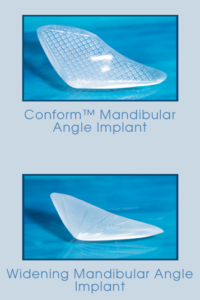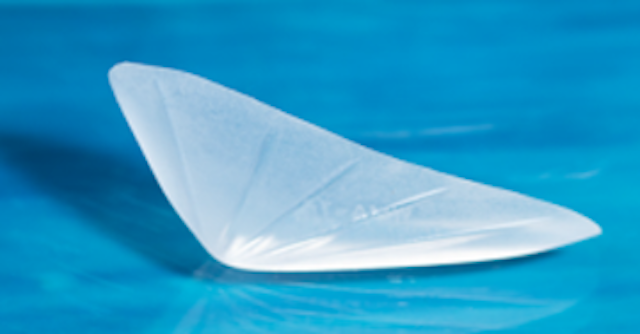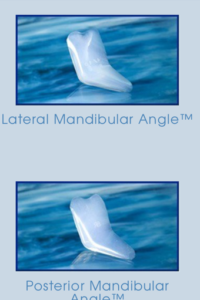Facial reshaping with alloplastic implants is a dynamic and growing area of facial plastic surgery. Driven by the recent increasing demand for injectable synthetic fillers and fat, facial implants offer a long-term solution for facial contouring that includes rejuvenation, congenital or traumatic deformities, or aesthetic facial reshaping for enhanced facial convexity or refinement. However, the goal of temporary fillers and autologous fat grafting is to primarily augment the facial soft-tissue rather than the skeletal foundation. Facial implant augmentation highlights or enhances the facial bone contours and their various convexities. While injectable fillers and fat for facial augmentation has its benefits, it is not directly comparable to the push of more firm implants off of a bone surface.
Augmentation of the lower face by chin implants has a long history and remains as the initial and still most commonly performed aesthetic facial bone augmentation procedure. But the chin represents only one third of the surface area of the entire jawline that can be augmented. Aesthetic appreciation for the rest of the jawline, primarily the jaw angle areas, has come into focus more recently as an important part of an attractive and youthful face for both men and women.

Jaw Angle Aesthetics
The value of a defined and more prominent jaw angle has long been recognized as an attractive male facial feature. By definition a strong male jawline includes a good chin and visible jaw angles and a smooth connection between them. Unlike the chin, where a quantitative assessment of its desired projection and vertical length has long been established, no such specific numerical measurements exist for the jaw angle as it is not a pure profile structure. It is a visible facial landmark that is bounded by the preauricular region in front of it, the submandibular tissues beneath and the retroauricular fossa posteriorly.
But some aesthetic standards are known and certain general facial proportional criteria have been described. A good jaw angle has been defined as one that sits well below the ear, looks long and low in profile and has an angle less than 105 degrees. In the front view its bigonial width should be equal to bitemporal width and just slightly less than bizygomatic width. The soft tissue gonion should be distinctly more lateral than the lateral tissue plane of the neck. And in profile there should be adequate ramus height and a distinct body to ramus transition.


In the end, however, patients may want jaw angle augmentation that may or may not fall within these aesthetic standards. This is where the role of preoperative computer imaging is critical as every patient has their own view of what looks good on them..
Dr Barry Eppley
Indianapolis, Indiana





